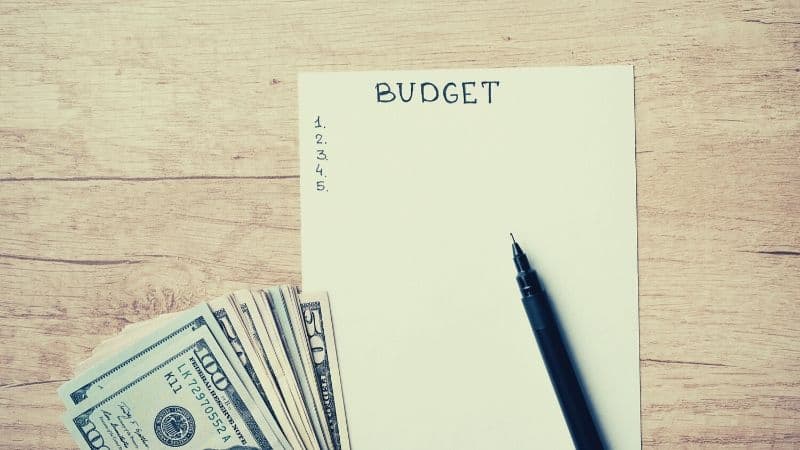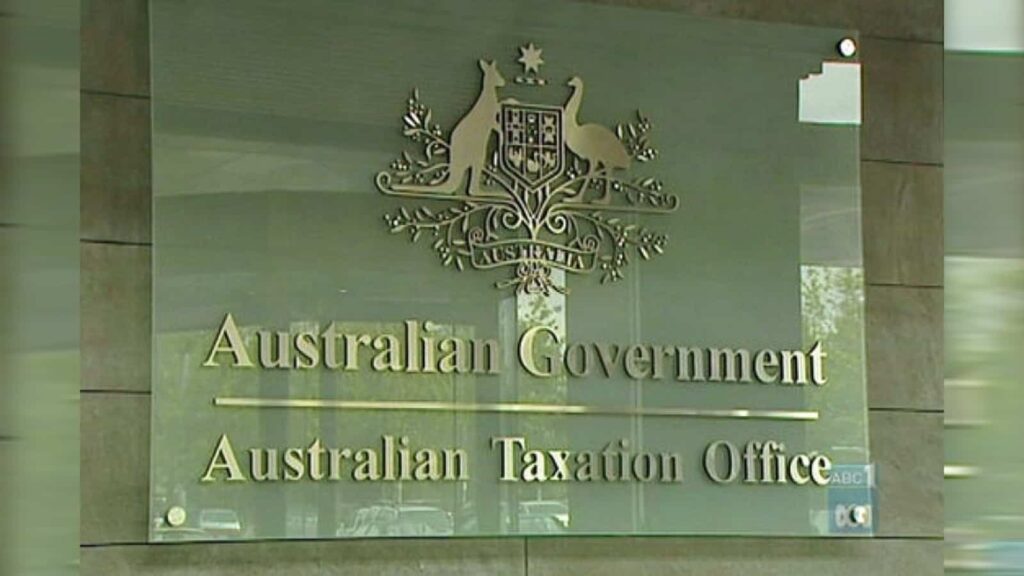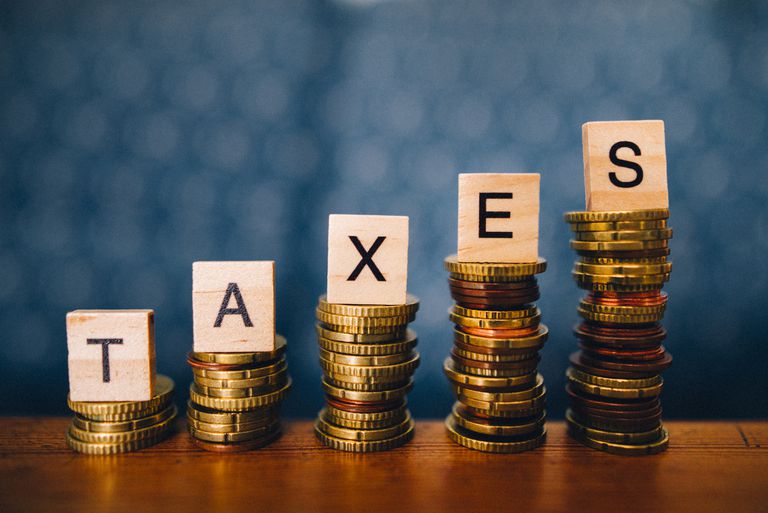Budgeting is an essential strategy for achieving financial freedom and peace of mind. These five stages can help you manage your finances and reach your financial objectives,
whether you’re a beginner or a seasoned pro, uncovering the secrets of successful budgeting.
What are the Four 4 Main Types of Budgeting Methods?
The 50/30/20 Budget
The 50/30/20 budget, popularized by Senator Elizabeth Warren, provides a balanced framework for managing your finances. Here’s how it works: 50% of your income goes to essential expenses, such as rent or mortgage, utilities, groceries, and transportation.
30% is allocated to discretionary spending, which includes non-essential expenses like dining out, entertainment, and shopping.
The remaining 20% is dedicated to savings and debt repayment, helping you build an emergency fund and pay down debts.
This budgeting method offers flexibility and simplicity, making it a great choice for those looking for a balanced approach to managing their finances.
Bottom-up budgeting
This method starts with your expenses and then allocates funds from your income to cover them. Bottom-up budgeting is a good option if you have a lot of variable expenses.
However, it can be more difficult to stick to a bottom-up budget if your income changes from month to month.




